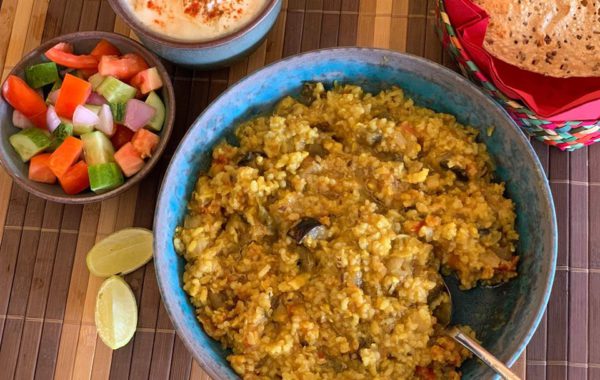Photo: Shutterstock
The origins of this extremely popular dessert are traced back to the Assyrians in around 8th century BC, who put together a few layers of thin bread dough, with chopped nuts in between those layers, added some honey and baked it in their primitive wood burning ovens.
That humble creation was later perfected in the kitchens of the Ottoman Empire and is now pretty much the national dessert of a dozen countries from the erstwhile Ottoman Empire and even beyond– Turkey, Greece, Armenia, Bulgaria. Even Iran and Israel have their own versions of baklava.
Since it is generally believed that the word ‘baklava’ entered the English language from Turkish, for this post, we will talk only about the baklavas in Turkey.
The most common favourite is the Fistikli baklva (also known as pistachio baklava) which is layers of dough stuffed with pistachios and doused with honey syrup and baked. Then there is Kuru Baklva, which is essentially a dry pistachio baklava, because it does not have the sticky sweet honey syrup on the pastry. If you prefer walnuts to pistachios, then Cevizli baklava (walnut stiffed baklava) is your thing. Or you could go for Bulbul Yuvasi – this name literally means ‘nightingale’s nest’ in Turkish – so named because of the way it looks and which has a mix of walnut and pistachio stuffing – making this more like a meal than a dessert. Finally, we have the Sutlu Nriye (where milk is used instead of sugar syrup to douse the baklava) and Fistik arma (considered the most decadent of baklavas) which is essentially just rolls made exclusively of pistachio and sugar.
Pick one or try them all, and soak in the beautiful shades of Istanbul. You will find that it is not just a feast for your stomach, but for your soul.













